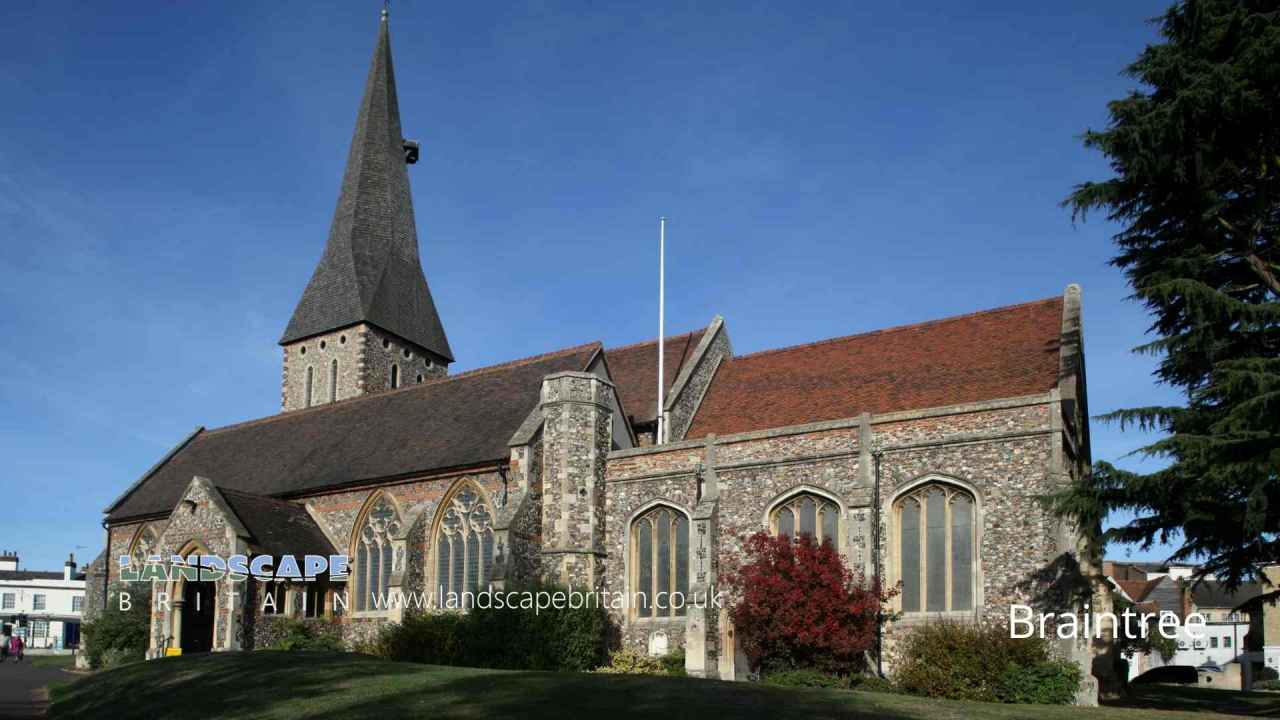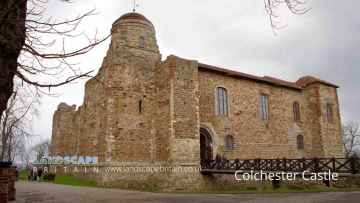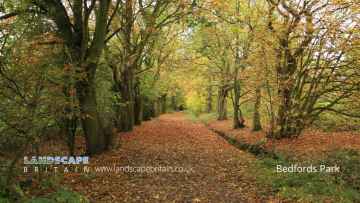Braintree is a Town in the county of Essex.
Braintree is a town in Essex, England.
In 1199, Richard de Luci came into possession of Braintree and Saffron Walden. In 1215, he obtained a market at Braintree and shortly afterwards laid out burgage plots on the south side of the main road through the town. These plots created some fifty burgages which survived until the nineteenth century.
The mill is a Grade II* listed building, which was formerly the town’s corn mill. The current structure dates from 1771 and replaces an earlier one which was destroyed by fire in that year
Over the last century the mill has been used for many purposes including bridal wear, making overalls, rope manufacture and animal feeds.
There are great places to visit near Braintree including some great towns, castles, woodlands, airports, historic buildings, cities, villages, country parks, shopping centres, parks and nature reserves.
Don't miss Colchester, Epping, Maldon, Southend-on-Sea, Saffron Walden, Braintree, and Basildon's towns if visiting the area around Braintree.
There are a number of castles near to Braintree including Colchester Castle.
Woodlands to visit near Braintree include Epping Forest, and Bedfords Park.
Braintree's best nearby airports can be found at London Southend Airport, and London Stansted Airport.
Audley End House and Gardens, and Chelmsford Cathedral are great places to visit near Braintree if you like historic buildings.
Chelmsford is a great place to visit close to Braintree if you like cities.
There are a number of villages near to Braintree including Hatfield Peverel.
The area close to Braintree boasts some of the best country parks including Thorndon Country Park.
There are a number of shopping centres near to Braintree including Lakeside Shopping Centre.
Braintree is near some unmissable parks like Bedfords Park,
Bedfords Park is a great place to visit close to Braintree if you like nature reserves.
Braintree History
There are some historic monuments around Braintree:
Places to see near Braintree
History of Braintree
As early as the 14th century, Braintree was processing and manufacturing woollen cloth, a trade it was involved with until the late 19th century. The town prospered from the 17th century when Flemish immigrants made the town famous for its wool cloth trade. They took the then current manufacturing methods to a finer detail, and the main markets for the production in the Braintree area were mainly abroad, notably in Spain or Portugal. In 1665, the Great Plague killed 865 out of the population of just 2,300 people. The wool trade died out in the early 19th century and Braintree became a centre for silk manufacturing when George Courtauld opened a silk mill in the town. Others followed, including Warner & Sons. By the late 19th century, Braintree was a thriving agricultural and textile town, and benefited from a railway connection to London. The wealthy Courtauld family had a strong influence on the town, supporting plans for many of the town’s public buildings such as the town hall and public gardens established in 1888. The town’s influence on the textile weaving industry is remembered today in the Warner Textile Archive and at Braintree Museum. Braintree played its part during World War II, providing men for battle in Britain’s armed forces, but also recruiting women into the town’s engineering works or munitions work at Crittalls. Braintree and its surrounding areas were also the drop-zone for excess bombs that were left over from raids on London. One particular bomb hit the corner of Bank Street and Coggeshall Road, near the White Hart Inn. The inn stayed intact, but on the opposite side of the road, two buildings were demolished by the bomb. It opened up the town and provided what you see today, with the building that houses the Lloyds Bank, built in 1958.























